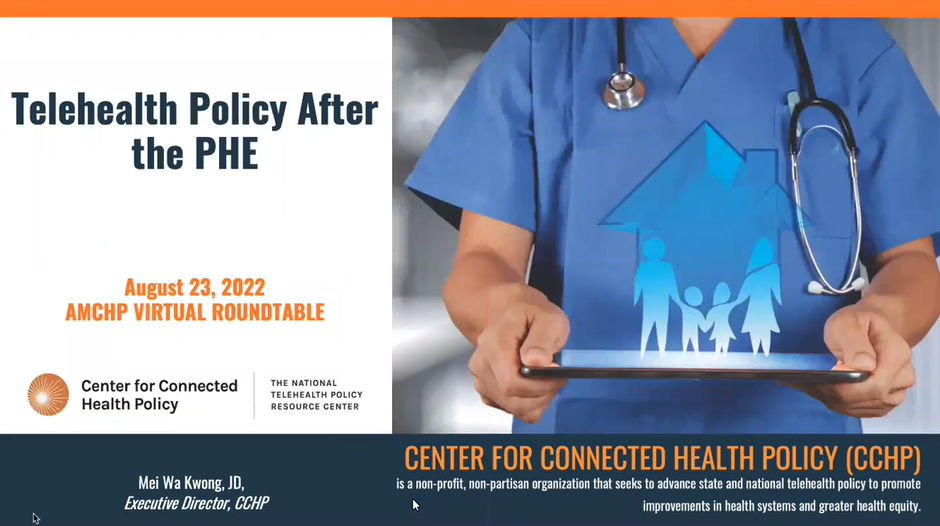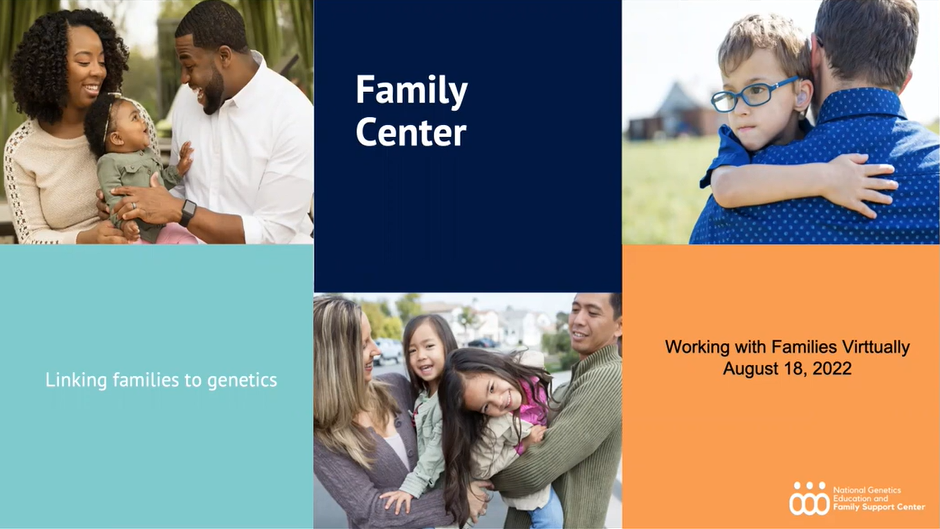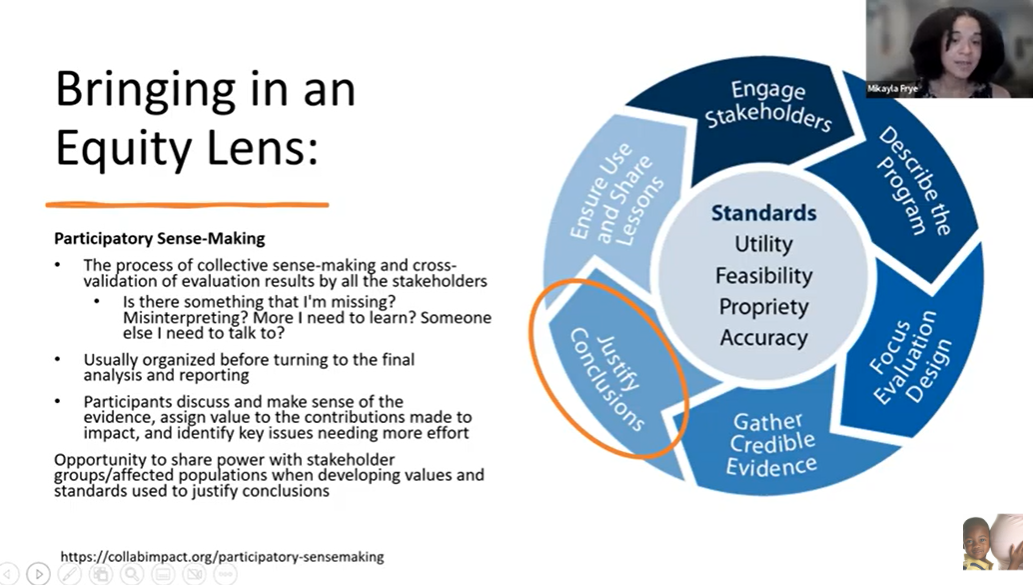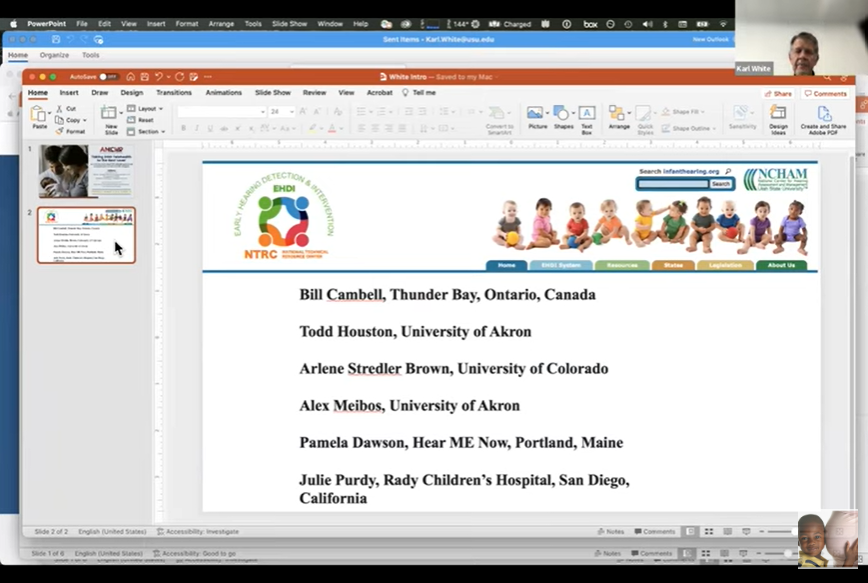AMHCP defines telehealth as the remote delivery of health care services and clinical information via telecommunications technology. Telehealth services provided to families include appointments with health care providers, family education, and peer-to-peer support. Telehealth can be “synchronous” (real-time), such as a video or phone call between an individual and their provider, or “asynchronous” (store-and-forward), such as a case consultation between two providers through secure file exchange. Telehealth also includes remote patient monitoring, in which families use internet- or Bluetooth-enabled devices to send health data such as blood pressure, blood glucose, or weight to their provider.
Telehealth has the potential to expand access and increase equity within public health systems by reducing the burden on families associated with receiving care, such as geographic distance, travel costs, childcare needs, or language interpretation. Telehealth can be utilized across MCH focus areas to help ensure that individuals and families receive safe, timely, and high-quality care when and where they need it.





